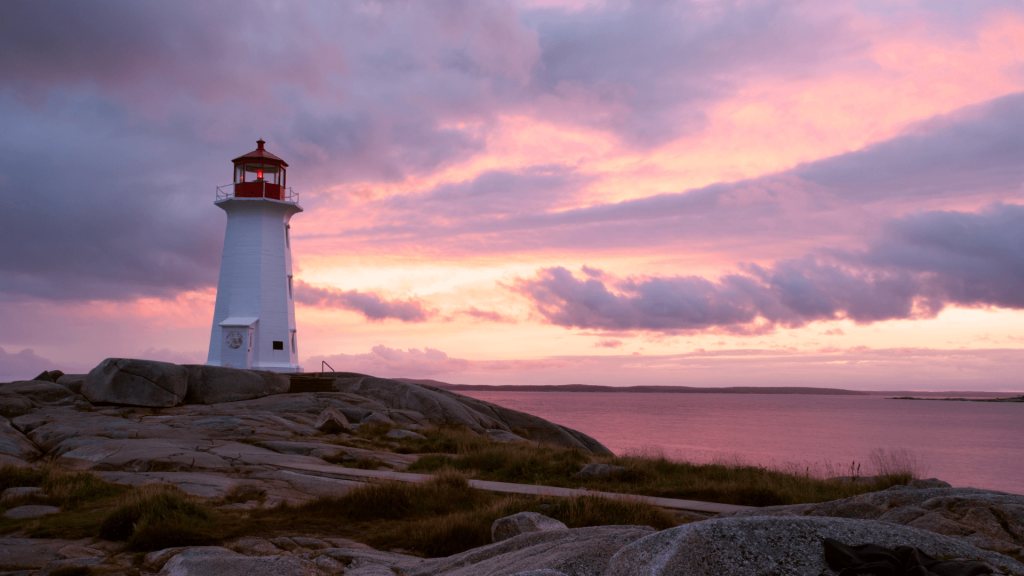Editor,
PEI’s electricity grid underpins our provincial economy. The province faces a major challenge: growing more serious by the day; a shortfall by 2028 in available electricity to meet peak demand on the coldest and warmest days of the year. How did we get into this situation?
In August, Maritime Electric, PEI’s largest utility, presented a revised plan to IRAC to address the shortfall. The company is seeking approval to install two 50 MW combustion turbines on the waterfront in Charlottetown. The cost estimate is close to $334 million. The new proposal replaces an earlier plan to install 150 MW at a cost estimate of $427 million plus a 30 per cent contingency. These are big ticket items. All the costs will fall to Islanders.
Island consumers pay for all Maritime Electric costs approved by IRAC. The new proposal will hike rates by at least 7-8 per cent. This follows a 2.7 per cent rate increase approved last October for smart meters as well as rate increases of just over 10 per cent over the past three years. In total, Island consumers are looking at rate hikes close to 20 per cent over five years, plus HST. This is not a sustainable trend. On top of these hikes, on September 29 Maritime Electric has a new rate design application before IRAC that will likely impact rates as well.
In the new proposal, refurbished turbines will provide peaking and back up power by 2027-28; the turbines will burn an antiquated fuel, diesel, supplied from two – 2 million litre industrial size storage tanks, and a third day tank. Sadly, the waterfront will look like it used to — an industrial site filled with fuel tanks and a power plant. Further, the turbines will be supplied by a USA supplier, ProEnergy, on terms not fully disclosed to the public.
Experts say we need some on-Island power generation. We find ourselves in this stressed situation because of growth and incentivized electrification, something we should have seen coming. Further, our transmission and distribution infrastructure need significant upgrades. Two of the four undersea cables that connect PEI to the mainland are old and must be replaced. The major failure at the Sherbrooke substation last winter was caused by equipment fatigue and failure. The Maritime Electric proposal is framed as urgent – as the only viable option available in two or three years. We have been backed into a corner.
The proposal raises many important questions. Who is planning and designing PEI’s electricity grid? Is there a plan? In promoting heat pumps and electrification, who considered implications on the Island electricity grid? How did PEI’s options become so limited?
In a low carbon-climate change world, should we support a diesel fired power plant and two – 2 million litre fuel storage tanks on the waterfront in Charlottetown? Have other options and site locations been considered, including modern fuel sources (compressed natural gas, hydrogen, bio-fuels) and energy storage solutions?
Should PEI ratepayers support a major purchase from a US supplier? Are viable Canadian options available? Have we explored better access to the Maritime grid or pursued more vigorously the Modified Atlantic Loop? Are there opportunities for PEI in the expanding Hydro Quebec – NB Power relationship following the major hydro deal this year between Quebec and Newfoundland?
Have provincial officials decided whether Maritime Electric should be engaged in power generation, and if so, on what terms? Does the guaranteed return on equity, 9.7 per cent per annum, provided by PEI law to Maritime Electric apply to the on-Island diesel plant project? What commercial risk, if any, is Maritime Electric taking in the on-Island project?
We need to re-think our approach to the provincial electricity grid. Developing a comprehensive plan, where affordable and reliable electricity are priorities, would be a good place to start.
Mark Ledwell
Stratford
